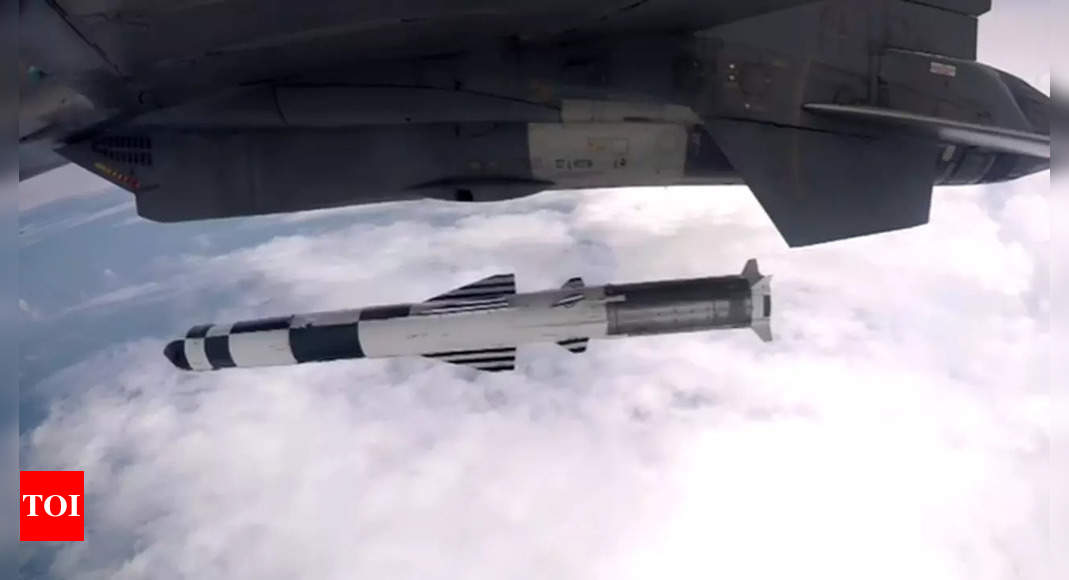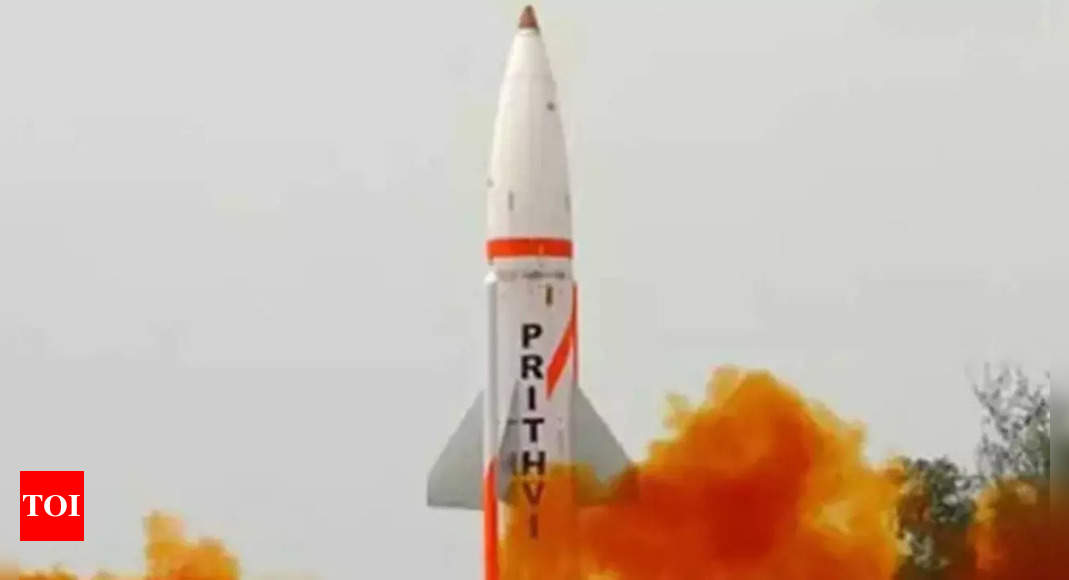India News: The Indian Air Force on Thursday successfully test-fired the extended range version of BrahMos supersonic cruise missile against a ship target in Bay

timesofindia.indiatimes.com
NEW DELHI: The Indian Air Force on Thursday successfully test-fired the extended range version of BrahMos supersonic cruise missile against a ship target in
Bay of Bengal from a Sukhoi-30MKI fighter jet. The range of the missile is 450-km.
With the successful trials, India achieved significant capability to carry out precision strikes from Sukhoi against land and sea targets over very long ranges.
"The IAF successfully fired the Extended Range Version of the Brahmos Air Launched missile. Carrying out a precision strike against a Ship target from a Su-30 MKI aircraft in the Bay of Bengal region, the missile achieved the desired mission objectives," the IAF said in a statement.
The extended range capability of the missile coupled with the high performance of the SU-30MKI aircraft gives the IAF a strategic reach and allows it to dominate the future battle fields, the government said.
The dedicated and synergetic efforts of IAF, Indian Navy, Defence Research and Development Organisation (DRDO), BAPL and HAL have been instrumental in achieving this feat, the statement said.
Earlier in May, India had successfully carried out the first test of the extended range missile from a Sukhoi-30MKI fighter jet in the Bay of Bengal in a demonstration of deadly precision strike capability from long standoff distances.
A 800-km range variant of BrahMos, which is a conventional (non-nuclear) missile that flies almost three times the speed of sound at Mach 2.8, is also undergoing “developmental trials” at present.
The air-breathing BrahMos has emerged as the “prime conventional strike weapon” for the armed forces over the years, with contracts worth over Rs 36,000 crore already inked till now.
The Army’s BrahMos missile batteries, for instance, have been deployed in Ladakh and Arunachal Pradesh as part of the overall military readiness posture against China.
(With inputs from agencies)
=============================================









